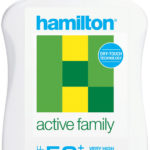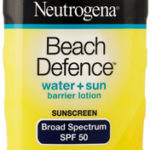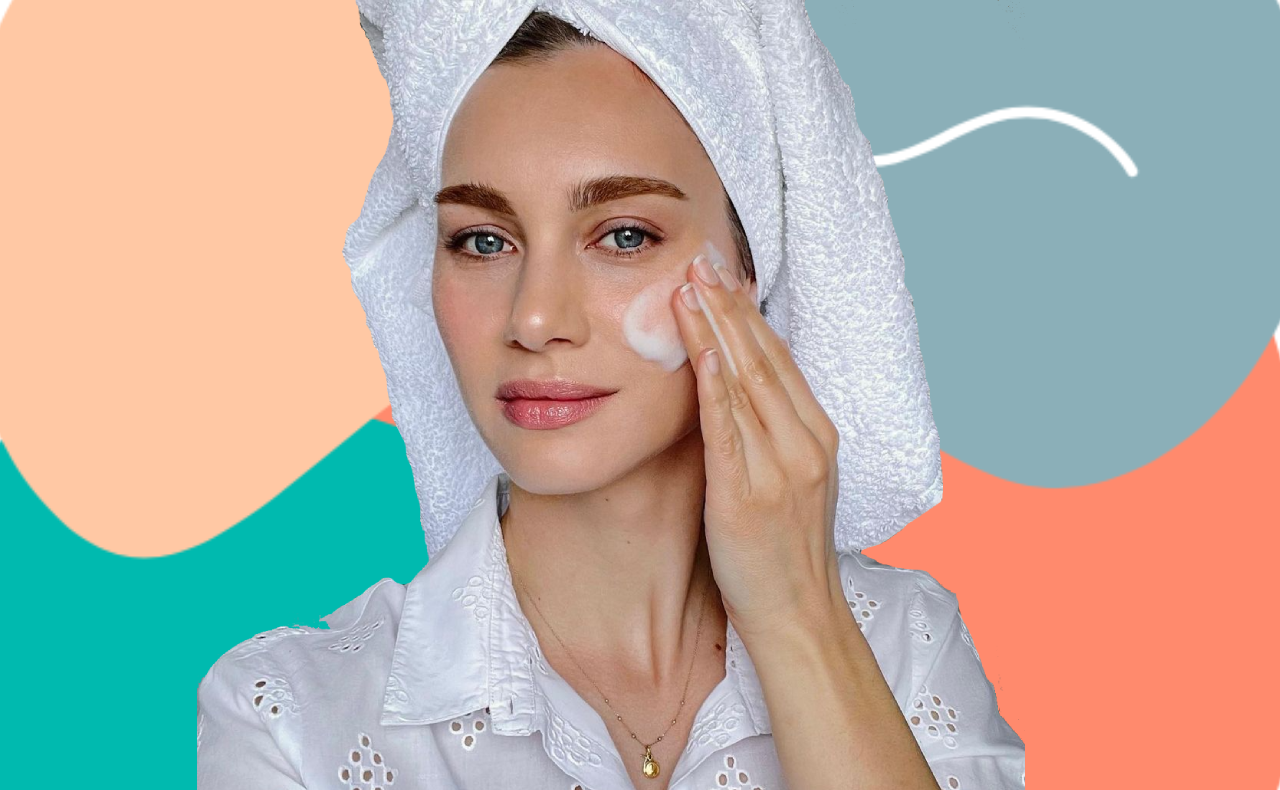Physical vs. chemical sunscreen: What’s the difference, and is one better than the other?
RELATED: The best sunscreen lotions to suit every taste
Sun protection is a serious business (especially at this time of year!), so I spoke to dermatologist and Banana Boat expert Saxon Donald Smith to get the facts straight. Turns out, there’s more to sunscreen than meets the eye…
What is the difference between physical and chemical sunscreen?
As Saxon explains, chemical sunscreens work to “absorb UV rays and convert this absorbed energy into safer, longer lower energy wavelengths such as infra-red.” These safer rays are felt as “heat only” on the skin.
Different chemicals absorb different kinds of UV rays. Avobenzone, for example, absorbs UVA rays, while octinoxate absorbs UVB rays. According to Saxon, when you apply your sunscreen, “These chemicals are absorbed into the very top layer of the skin (epidermis) and protect against UV rays penetrating deeper in the skin (dermis).”
RELATED: The difference between UVA and UVB rays
On the other hand, physical sunscreens use physical blockers such as titanium dioxide and zinc oxide to “simply but effectively reflect or scatter the UV rays from the skin surface.” Rather than being absorbed into the skin, “These particles sit on top of the skin and protect against further penetration deeper into the skin (dermis).”
To sum it up, physical sunscreen acts like a shield against UV rays, while chemical sunscreen changes the form of the rays themselves, rendering them harmless.
What is more common in Australia?
Physical and chemical sunscreens are both commonly available in Australia – and both are subject to a stringent approval process. The chemical ingredients commonly used across major sunscreen brands must be “approved by the TGA (Therapeutic Goods Authority), just as physical sunscreens are,” Saxon says.
Physical and chemical sunscreens with an SPF over 15 are also tested to the Australian Standard – “the highest testing standard in the world for sunscreens” – and are considered a medical product.
So, whether you use an Australian sunscreen that contains physical blockers, chemical blockers or a mixture of both, you’re protecting your skin with a high-quality SPF.
RELATED: How to spot a melanoma
Is one more effective than the other?
In short, the answer is no – it comes down to your preference. As Saxon explains, “Both chemical absorbers and physical blockers are equally effective at protecting the skin when applied appropriately.” The expert likens choosing a sunscreen to “choosing a moisturiser”, saying it’s “a very personal thing as people like different characteristics in the creams that they use.”
For example, if you’re a fitness fanatic, you may prefer the feeling of a barely-there chemical sunscreen (as opposed to a physical sunscreen sitting on your skin’s surface, especially when you sweat).
On the other hand, physical sunscreens are generally recommended for those with sensitive skin, who tend to tolerate physical UV blockers better than chemical ones.
RELATED: Top 7 sunscreens for sensitive skin
3 OF THE BEST CHEMICAL SUNSCREENS TO TRY:

Banana Boat Sun Comfort Lotion, NEUTROGENA® Beach Defence Sunscreen Lotion SPF50, Hamilton Active Family Lotion Sunscreen
3 OF THE BEST PHYSICAL SUNSCREENS TO TRY:

Invisible Zinc® 4HR Water Resistant Sunscreen SPF 30+ UVA-UVB, WOTNOT 30+ SPF Natural Sunscreen, Billie Goat Soap Natural Zinc Sunscreen Lotion SPF 30
RELATED: Do you need to wear SPF all year round?
Do you use a physical or a chemical sunscreen? Did you know the difference?






